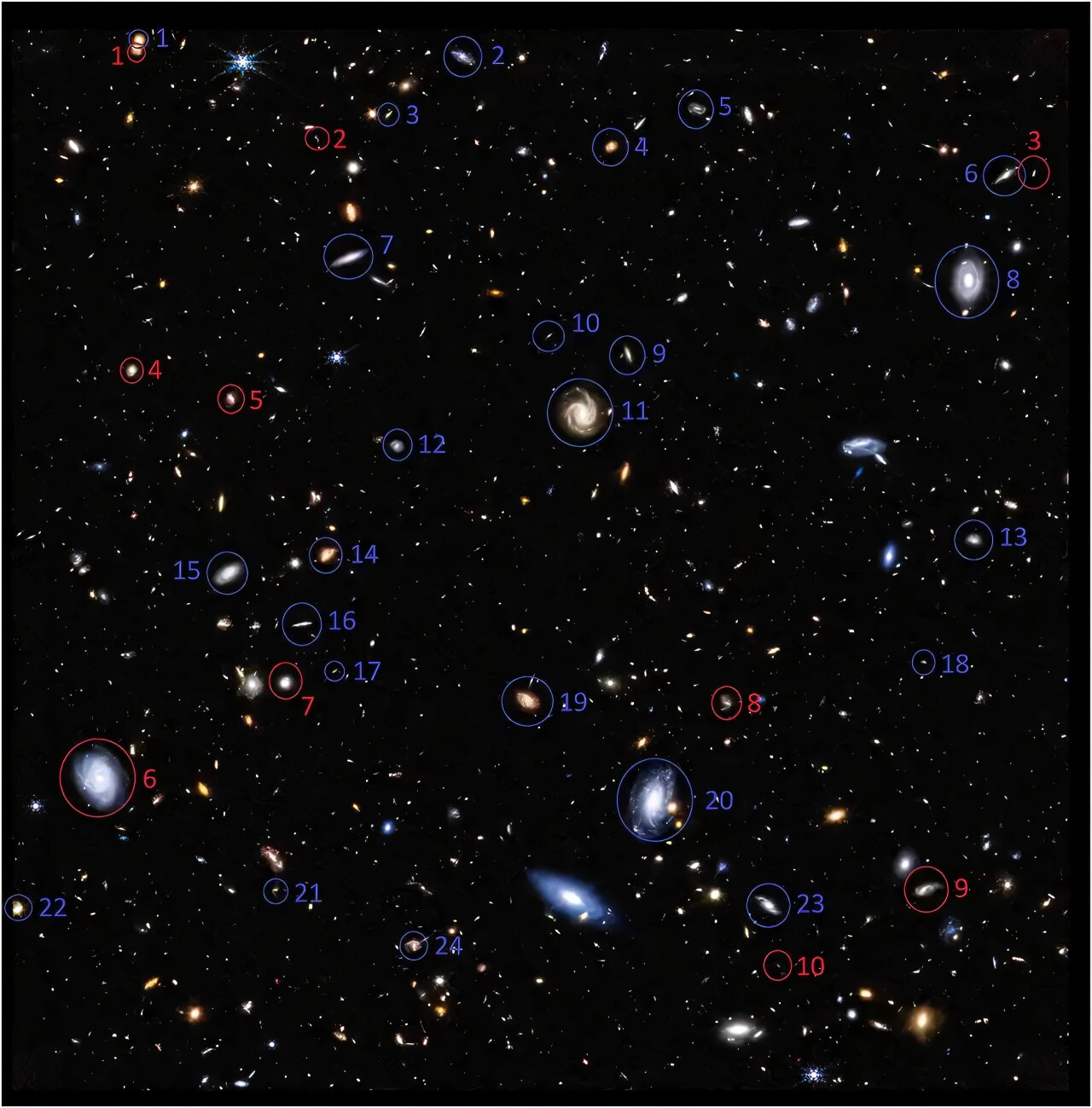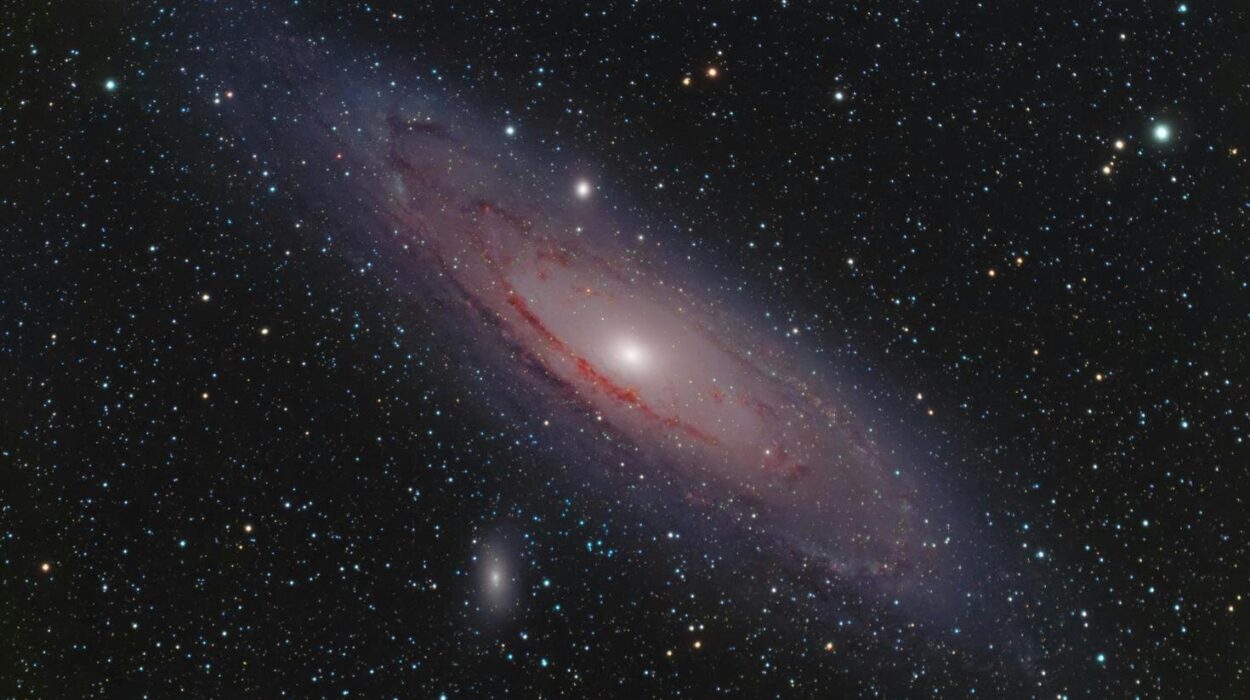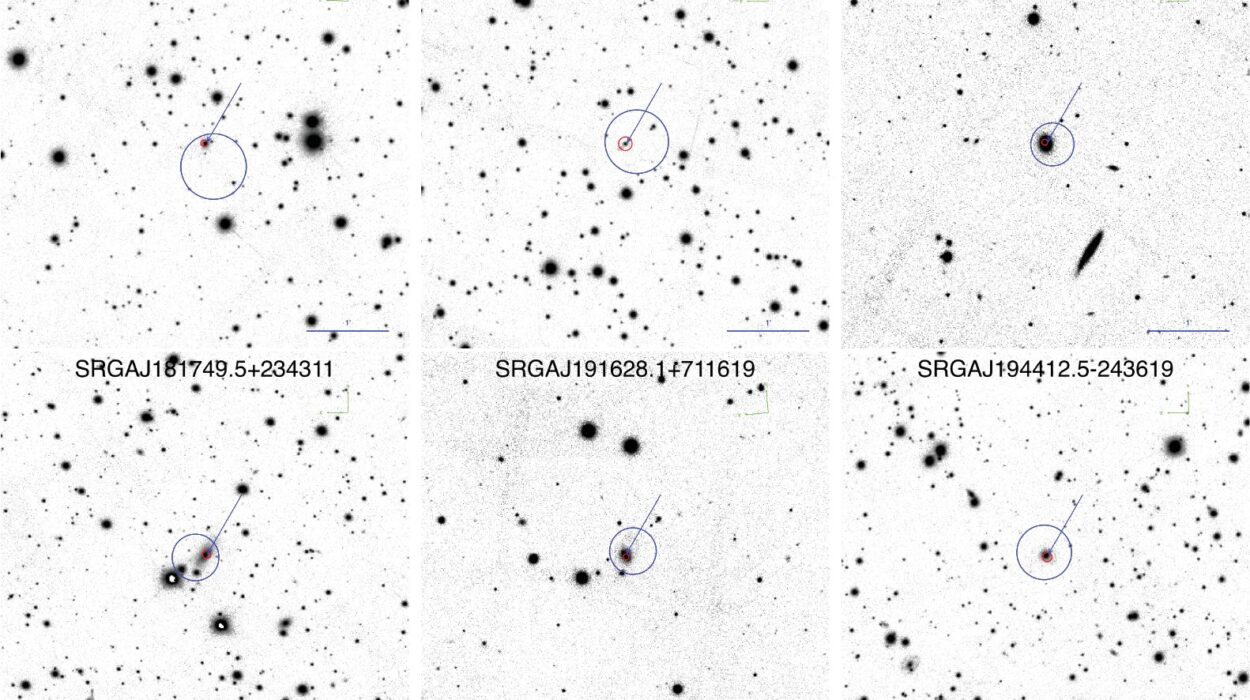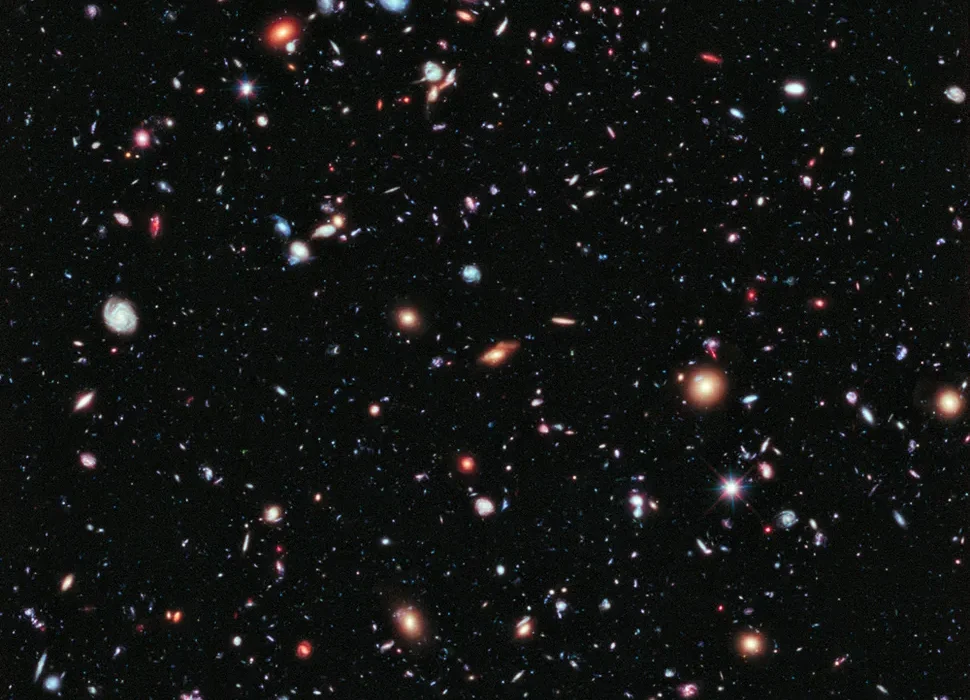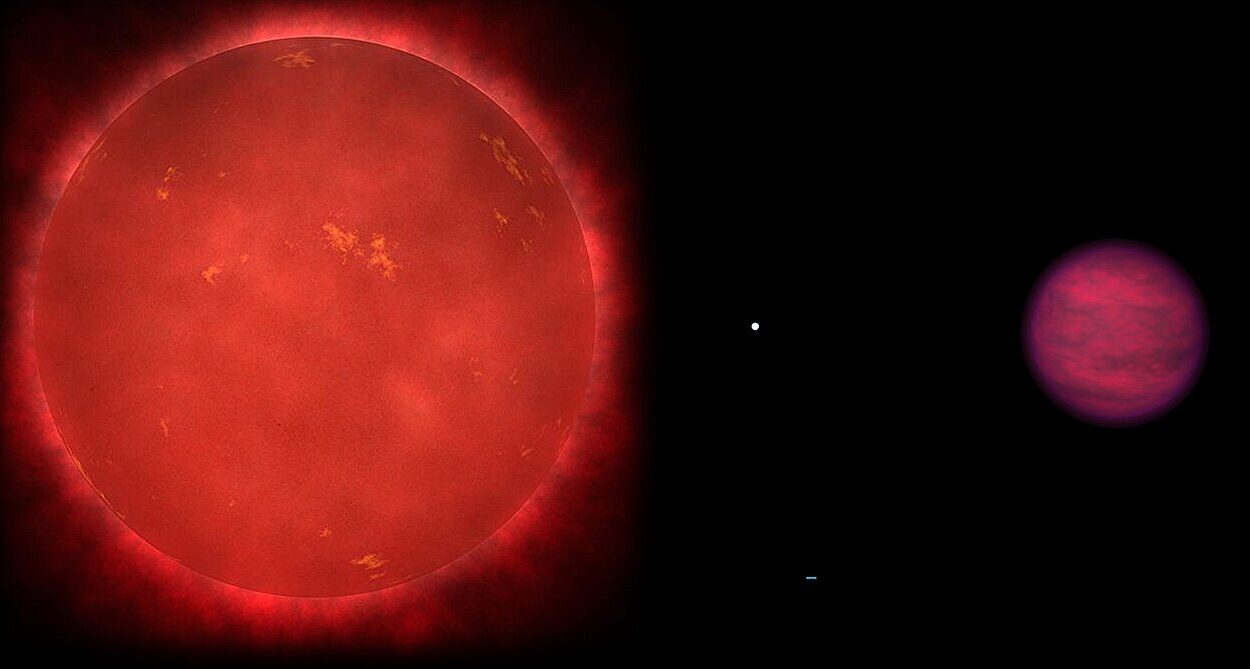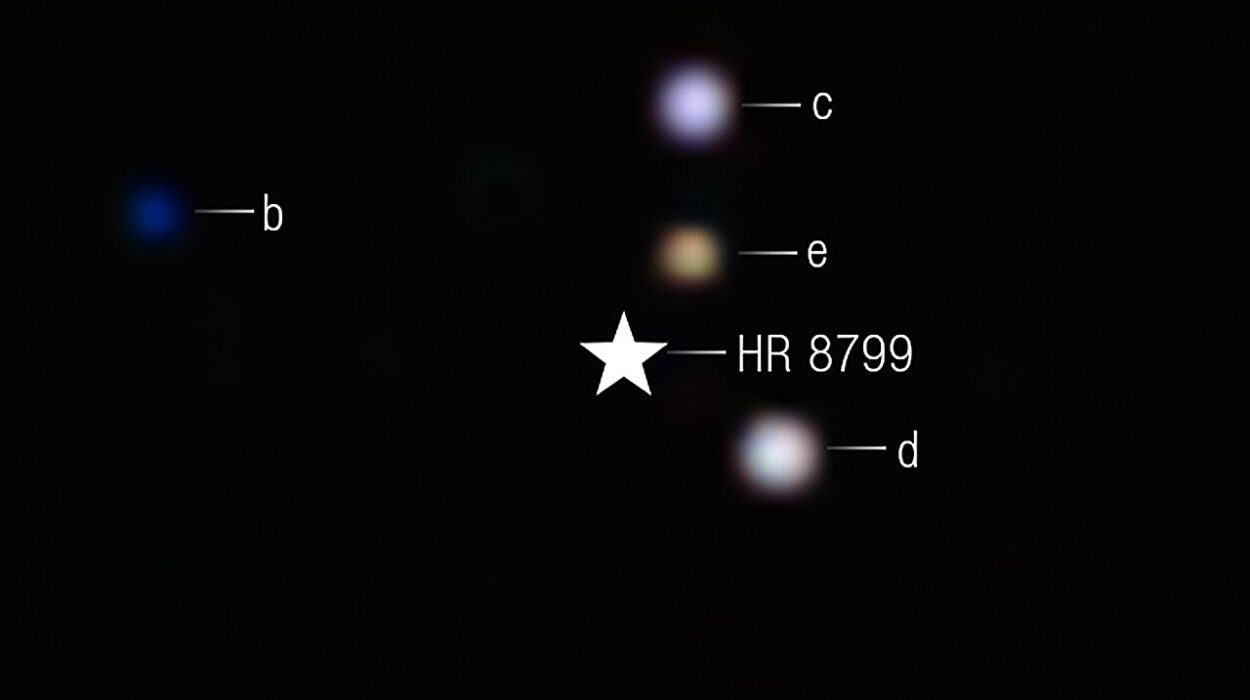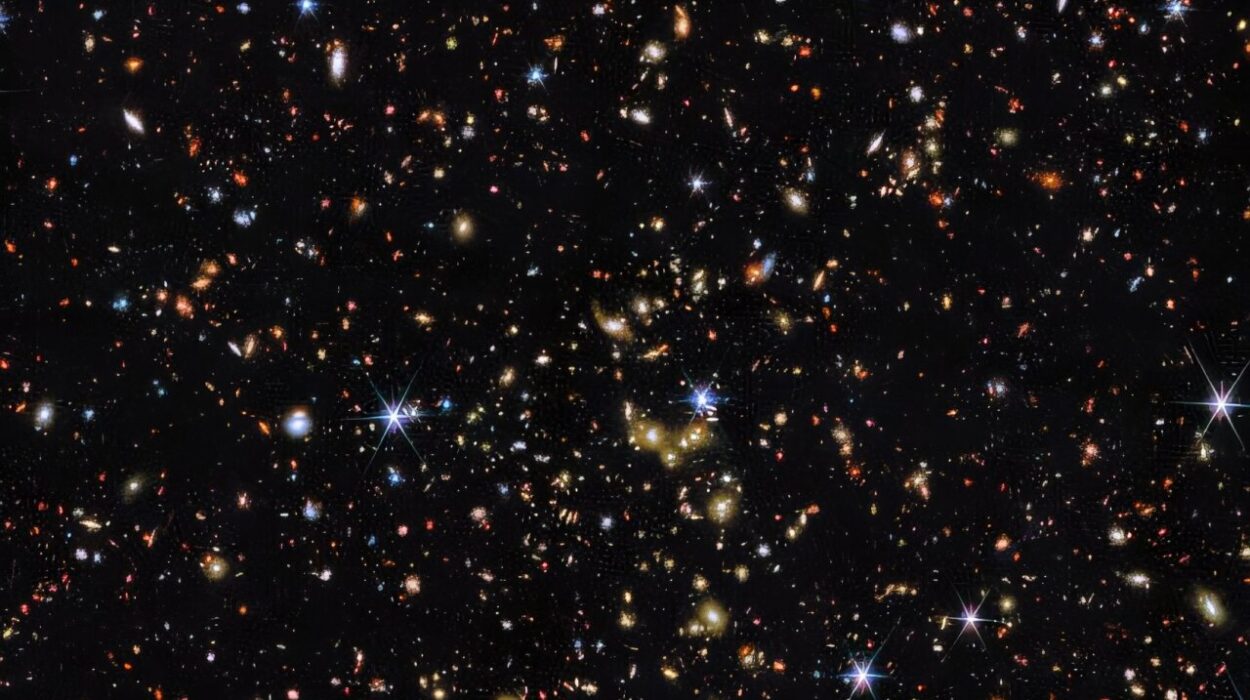In just over three years since its launch, NASA’s James Webb Space Telescope (JWST) has been instrumental in unlocking some of the most enigmatic mysteries of the universe. Its high-resolution infrared capabilities have allowed scientists to peer deeper into space than ever before, revealing previously unseen details of distant galaxies, stars, and cosmic phenomena. A recent study conducted by Lior Shamir, an associate professor of computer science at the Carl R. Ice College of Engineering at Kansas State University, has uncovered one of the most puzzling and unexpected observations of the deep universe yet: a curious pattern in the rotational direction of galaxies.
The study, which was published in Monthly Notices of the Royal Astronomical Society, analyzed images captured by the James Webb Space Telescope’s Advanced Deep Extragalactic Survey (JADES). These images showcase galaxies in the farthest reaches of the universe, many of which are billions of light-years away. What Shamir and his team found was a strikingly consistent pattern: the vast majority of these galaxies rotate in the same direction. Specifically, about two-thirds of the galaxies rotate clockwise, while roughly one-third rotate counterclockwise.
This observation is anything but trivial. In a random universe, one might expect the rotation direction of galaxies to be distributed fairly evenly, with approximately equal numbers of galaxies rotating clockwise and counterclockwise. The fact that JWST’s observations show a clear preference for galaxies rotating in one direction suggests there might be an underlying cosmic phenomenon at play—one that is not immediately clear from existing theories of cosmology.
The Methodology Behind the Study
Shamir’s approach to studying galaxy rotation was both simple and innovative. By using advanced computational techniques, the research team analyzed the shapes of 263 galaxies in the JADES field, which were clear enough to accurately assess their rotational direction. This was not a complicated or abstract process, Shamir explains. In fact, the direction of rotation in many of the galaxies was so apparent that anyone with basic knowledge of the telescope images could easily spot the pattern.
“The analysis of the galaxies was done by quantitative analysis of their shapes, but the difference is so obvious that any person looking at the image can see it,” Shamir said. “There is no need for special skills or knowledge to see that the numbers are different. With the power of the James Webb Space Telescope, anyone can see it.”
Unexpected Findings: The Mystery of Directional Rotation
The results of Shamir’s study have prompted several important questions. Why do most galaxies in the deep universe rotate in the same direction, and what could be causing this anomaly? In a random universe, we would expect the rotational directions of galaxies to be distributed evenly. However, JWST’s findings challenge this assumption, raising the possibility of unknown cosmic forces or phenomena influencing the motion of galaxies.

Shamir offers two potential explanations for the observed rotation pattern. The first hypothesis suggests that the universe itself may have been born with a certain rotational motion. This theory aligns with certain cosmological models, such as black hole cosmology, which proposes that the entire universe could be the interior of a massive black hole. If this is the case, the prevailing direction of galaxy rotation could be a residual effect of the universe’s original motion, left over from the moment of its creation.
However, this explanation would have far-reaching implications for current theories of the universe’s formation. It would imply that existing models of the cosmos are incomplete, and potentially that the universe’s birth involved a more complex set of dynamics than currently understood. For instance, the notion that the universe itself began with a rotational motion might also affect other fundamental concepts in cosmology, such as the isotropy (uniformity) of the universe.
The second hypothesis revolves around the influence of the Milky Way galaxy’s own rotational velocity on the observations of distant galaxies. According to this theory, galaxies rotating in the opposite direction of the Milky Way’s motion may appear brighter due to the Doppler shift effect, which occurs when light from objects moving away from the observer becomes redshifted (shifted to longer wavelengths). On the other hand, light from objects moving toward the observer is blueshifted (shifted to shorter wavelengths), making these galaxies seem dimmer. Because the majority of galaxies observed by JWST are moving away from Earth, the Doppler effect could explain why certain galaxies are more prominent in the images—those that rotate in the opposite direction of the Milky Way could appear brighter and more noticeable.
Shamir suggests that astronomers may need to reconsider the Milky Way’s rotational velocity when measuring distances to distant galaxies. Traditionally, the Milky Way’s rotation has been thought to be too slow to have any significant impact on measurements of the deep universe. However, this new finding might necessitate a recalibration of the methods used to calculate distances, which could have profound implications for cosmology as a whole.
The Implications for Cosmology
The discovery of this unexpected pattern in the rotational direction of galaxies could have several profound consequences for our understanding of the universe. If the theory of the universe having an inherent rotation holds true, it could force scientists to reevaluate the origins of cosmic structures and the laws that govern the cosmos. The suggestion that the universe itself might have been born with motion could lead to new insights into the nature of dark matter, dark energy, and the evolution of galaxies.
Additionally, if Shamir’s second hypothesis is correct, the overrepresentation of galaxies rotating in certain directions could imply that scientists need to recalibrate their distance measurements for galaxies. This recalibration might help to resolve several long-standing cosmological puzzles, such as the differences in the measured rates of expansion of the universe—an issue that has confounded scientists for years.
The study could also help explain the existence of large galaxies that, based on current distance measurements, appear to be older than the universe itself, which should be impossible according to current models of cosmic evolution. By adjusting for the Doppler effect, astronomers might uncover new clues that can help refine models of galaxy formation and cosmic growth.
The Future of Cosmic Exploration
The James Webb Space Telescope has opened new frontiers in our understanding of the universe, offering unprecedented views of distant galaxies and cosmic phenomena. Its ability to capture high-resolution infrared images has already provided some of the most detailed and striking visuals ever seen in space exploration. As more data from JWST are collected and analyzed, it is likely that other unexpected discoveries will emerge, further challenging our understanding of the cosmos.
Lior Shamir’s study is just one example of the unexpected insights that JWST has provided, and it underscores the importance of continuing to probe the deepest corners of the universe. While the cause of the directional rotation of galaxies remains unclear, the implications of this discovery are vast. Whether the universe was born with a rotational motion or whether the Doppler shift effect is at play, both possibilities invite new questions and hypotheses, ensuring that the mystery of the deep universe remains far from solved.
References: Lior Shamir, The distribution of galaxy rotation in JWST Advanced Deep Extragalactic Survey, Monthly Notices of the Royal Astronomical Society (2025). DOI: 10.1093/mnras/staf292
